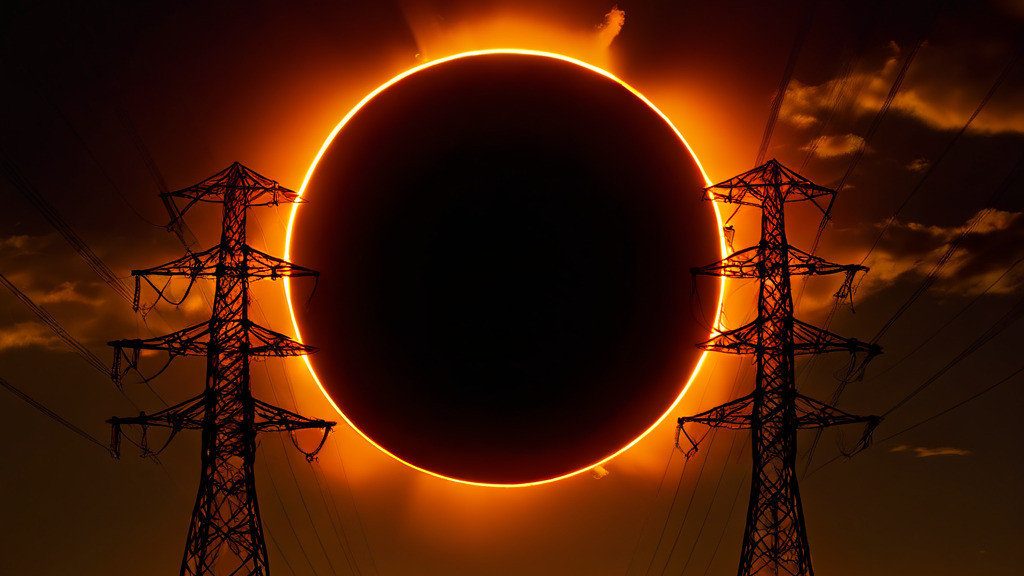On the 8th of April 2024, North America was the stage for an astronomical marvel as a total solar eclipse journeyed across the skies. Observers across the continent were treated to the grandeur of the Moon eclipsing the Sun, immersing swathes of land in a surreal, temporary dusk. Termed the "North American Eclipse," this event enthralled millions with its rare beauty and presented an intriguing challenge to those overseeing the energy grids.
Charting the Eclipse's Path
Spanning from Mexico, across the United States, and into Canada, the eclipse's path of totality was a corridor where the Moon completely veiled the Sun. Within this shadowed track, the Sun's corona radiated around the Moon's outline for the brief total eclipse. Surrounding areas enjoyed a partial eclipse as the Moon seemed to notch out a segment of the Sun.

The Grid's Resilience Test
The eclipse's splendour was matched by the operational trial it posed for the energy sector. Solar power facilities within the eclipse's shadow experienced a sharp drop in output, prompting grid operators to deploy a well-coordinated counteraction to ensure stability.
In anticipation, energy providers blended a variety of sources to counterbalance the dip in solar energy. Hydropower, both from pumped storage and flowing rivers, became a primary contributor, furnishing 66 % of the supplementary power. Natural gas plants, accounting for 30 %, were on standby to increase production, while combinations of oil, gas, steam, and exclusive steam units offered further support.
Battery systems, often unsung heroes in the energy mix, discharged vital reserves of solar and wind power during the eclipse's peak. With the U.S. battery storage capabilities having surged to 15.4 GW—vastly up from the 0.6 GW during the 2017 solar eclipse—this infrastructure demonstrated its value, as noted by the Energy Information Administration (EIA).
The National Renewable Energy Laboratory (NREL) forecasted that ramp rates could achieve two to three times the usual during the eclipse, underscoring the extensive preparations to uphold grid reliability.
Takeaway
The North American Eclipse of 2024 was a testament to the awe of the natural world and the sophistication of human innovation. As daylight reclaimed the continent, reflections on the harmony between scientific endeavour and nature's wonders emerged. This celestial event not only rekindled ancestral awe but also underscored our present-day ability to adeptly manage and integrate a variety of energy sources when faced with natural fluctuations.
If you have any inquiries or need further information about our energy storage systems, please do not hesitate to reach out to us. We are here to assist you and welcome your valuable thoughts and comments.
Until then, keep shining bright like a solar panel on a sunny day!





All comments are moderated before being published. Inappropriate or off-topic comments may not be approved.